Canon and Nikon have long been the two brands that may people look to when choosing a new camera, and the two Japanese companies still have practically the entire DSLR market to themselves.
Anyone looking for a new compact system camera (CSC), however, is likely to consider a slew of offerings from rival manufacturers first. So why haven’t Nikon and Canon been able to replicate their DSLR successes here?
It’s precisely because the duo have dominated the DSLR world for so long that other manufacturers have had to innovate elsewhere – and they've now been doing so for long enough to have carved something of a niche for themselves.
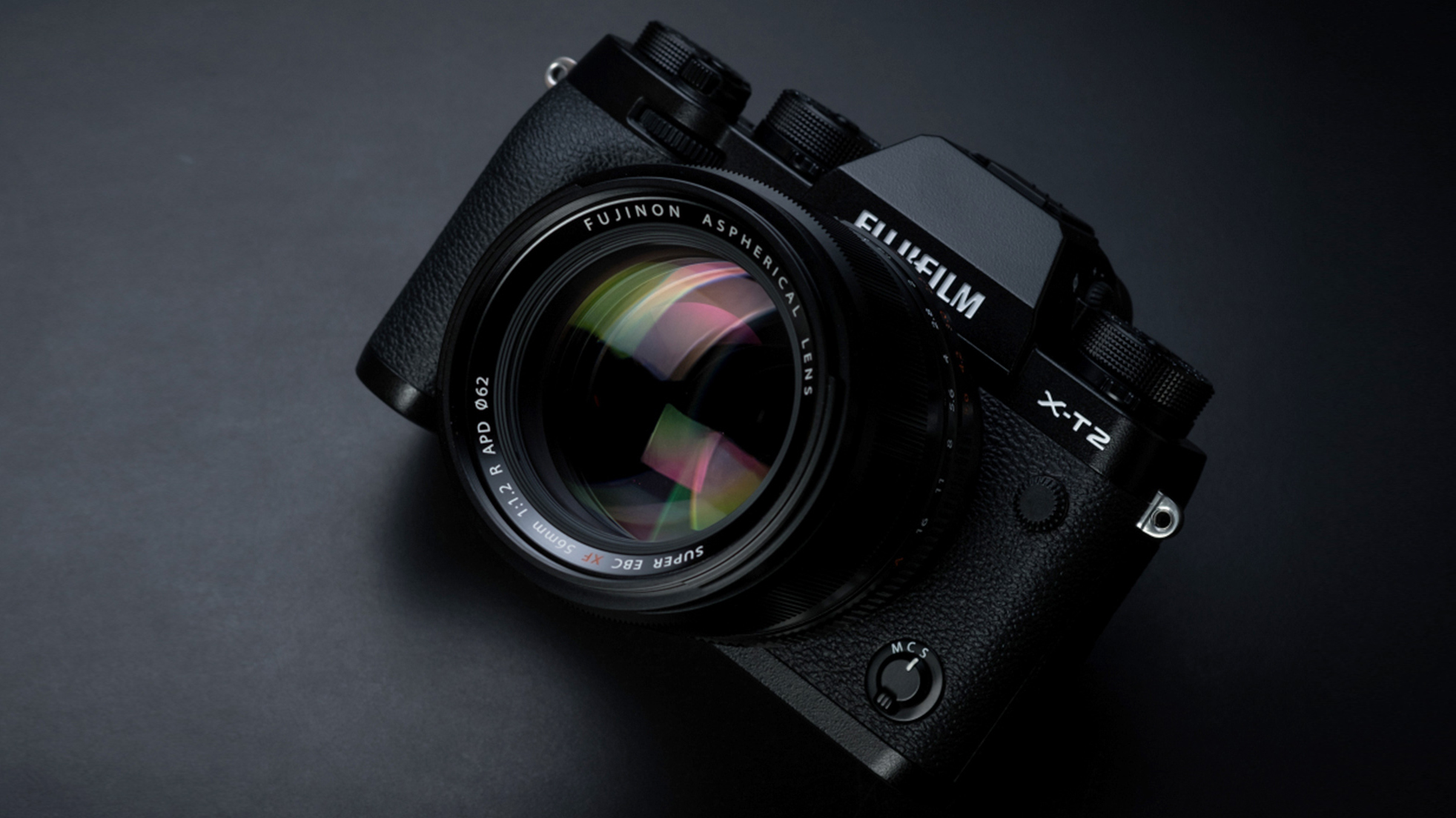
Fujifilm, for example, has typically gone after the user who may have been drawn to the styling and size of Canon’s PowerShot G series, championing retro design and innovating with its sensors, with the line bolstered by a range of high-quality optics.
Olympus has also focused on style, although by exploiting the size advantage of the Micro Four Thirds system it’s ensured that its PEN and OM-D systems have appealed to both novice users who are looking for something small and light, and seasoned users who may wish to keep using their older lenses (something that’s far easier here than on other systems because of the relatively short distance between the lens mount and sensor).
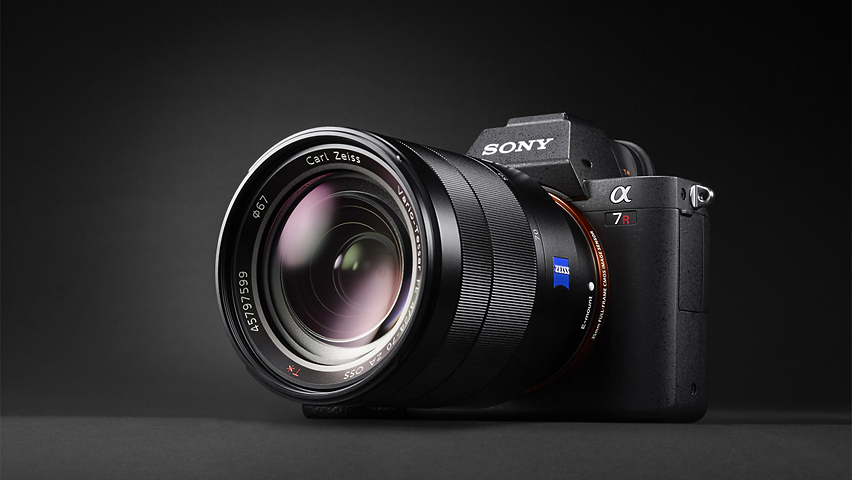
With its focus on excellent video quality and shoehorning full-frame sensors into small bodies, meanwhile, Sony has made bold moves to steal away pro videographers and enthusiasts who might be drawn to the likes of Canon’s EOS 5D line. Panasonic has also made video a key focus for its Lumix line, differentiating itself from rivals by bringing 4K recording to even very junior models.
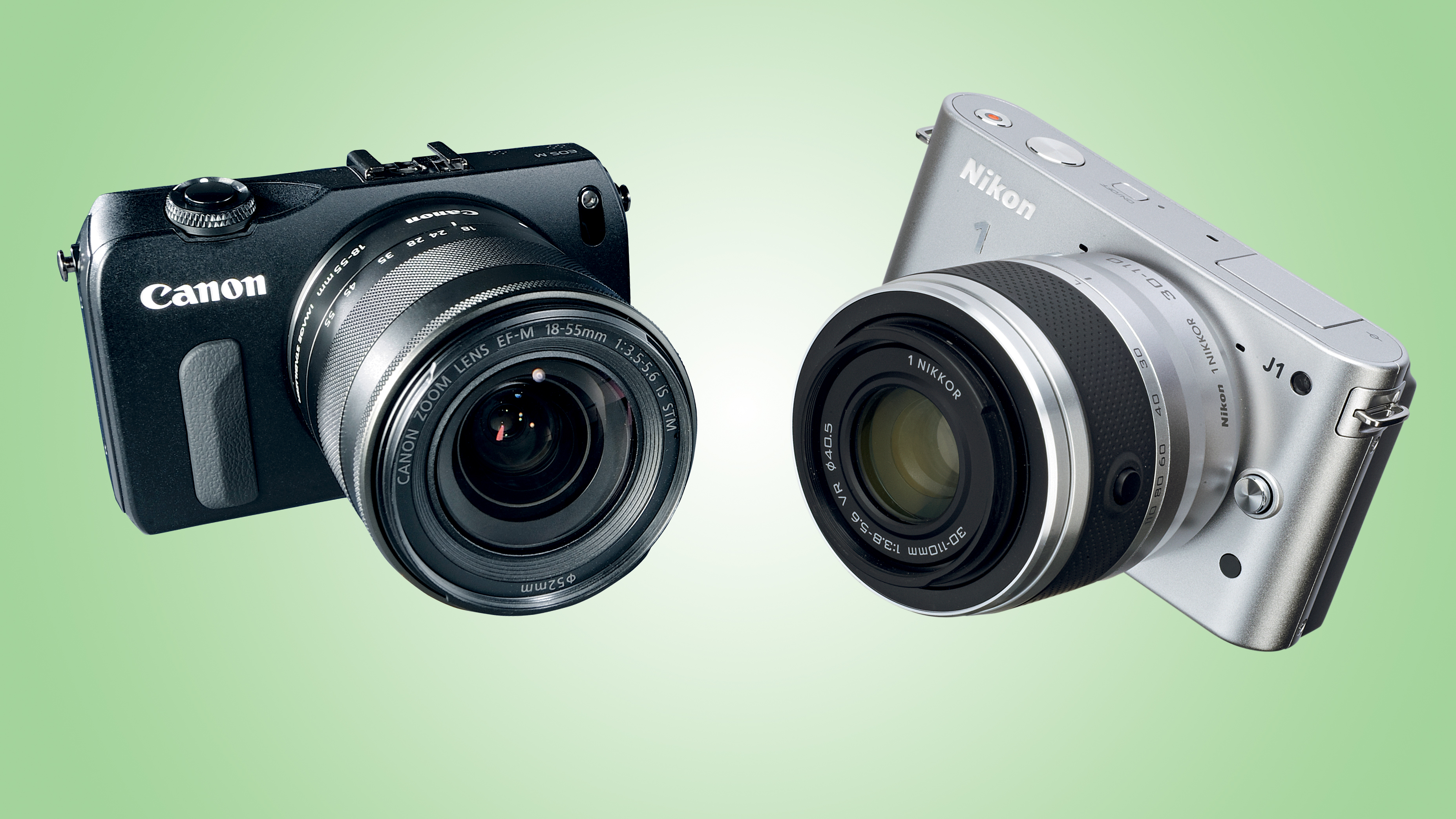
Canon and Nikon came to the CSC party relatively late, in 2012, with the Canon EOS M and Nikon 1 J1 respectively, so both were up against well-established ranges from the start.
To date, both companies have focused more at the junior end of the spectrum than the enthusiast side, an approach that’s perfectly logical, but one with limited appeal given how few models their lines contain.
One theory is that the companies don’t want to compromise sales of their existing DSLR lines, and so have deliberately made less of an effort here than other manufacturers.
By offering a mirrorless alternative, they at least provide an option for brand loyalists who want to remain invested in a single ecosystem; it shouldn't come as a surprise that both manufacturers quickly made adapters for their DSLR lenses available for these models, often bundling them together as a kit package.
Nikon’s decision to use a smaller 1-inch sensor for its 1 system models has proved somewhat controversial, particularly when you consider that such cameras are intended for the more discerning user. Nevertheless, this has allowed for very compact bodies, and a more clear separation between its different interchangeable-lens systems.
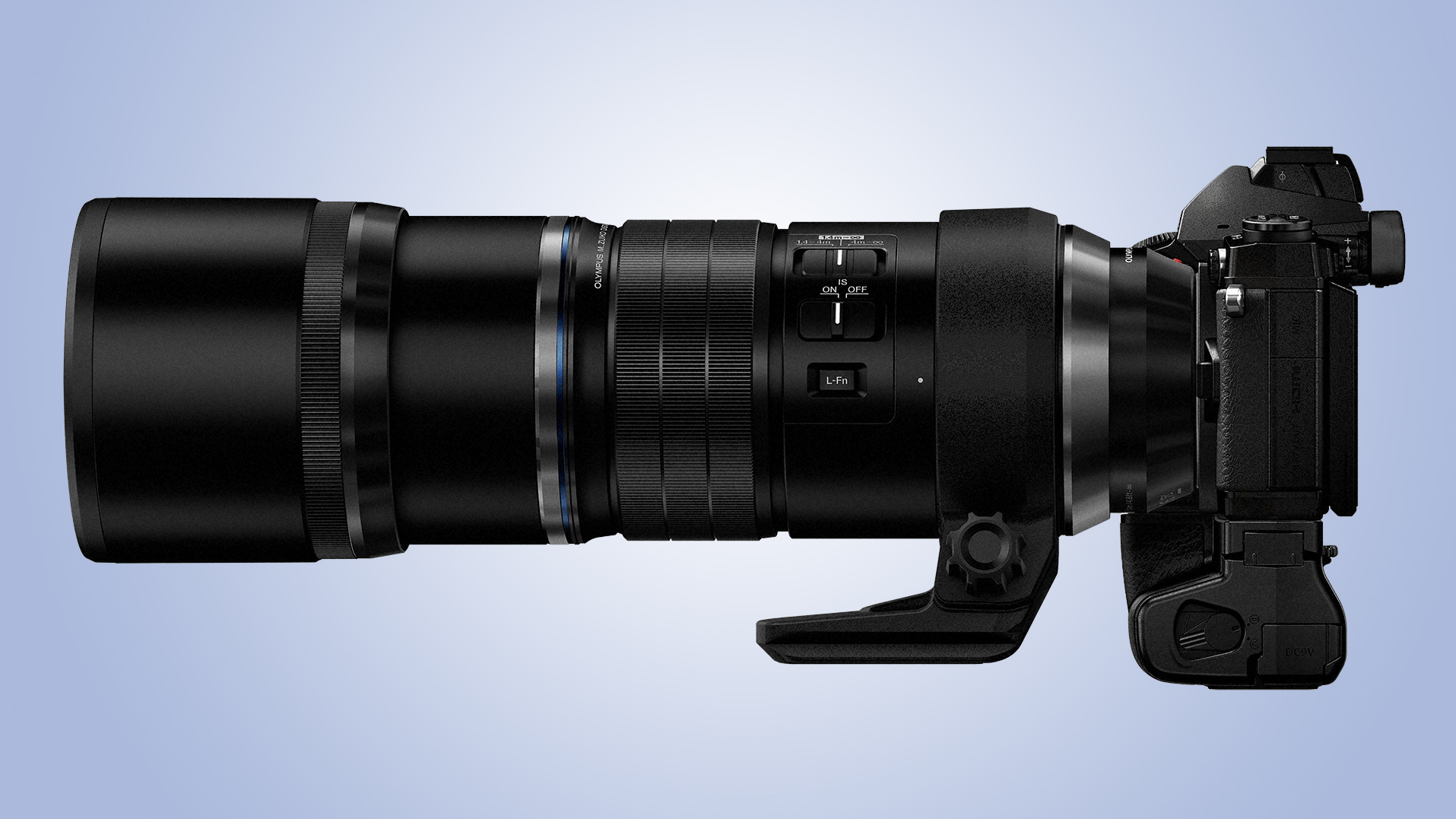
With its high crop factor and very fast burst-shooting capabilities, the system appears as one of the finer choices for telephoto-based action photography. Yet, anyone with more than a passing interest in what Olympus and Fujifilm has been up to recently will know how strongly these companies have attempted to target the same market.
Having a greater number of competitors isn't just an issue in terms of shelf space; it also provides a better frame of reference for performance. And while the models in both Canon and Nikon’s ranges have had their merits, many have also fallen short in many key areas, such as with autofocus and battery life.
When more limited lens ranges and less obvious upgrade paths are taken into account too, the proposition of each system as a whole becomes less appealing than the multi-tiered lines of Fujifilm, Panasonic and others.

For many people, the solution to making each system more credible is obvious: bring out a full-frame alternative. This has long been rumoured for both Canon and Nikon’s lines, and is something manufacturers have been repeatedly asked about.
Nikon did recently confirm that it was considering how this could work, although this in itself raises many other questions (and it’s worth remembering that this was not enough to keep Samsung in the game).
The main issue is that doing so would no doubt require a new lens range, one whose imaging circle can sufficiently cover the full frame. Of course, such a body could also be designed to work with Nikon's FX format lenses, although you lose the point of a smaller-format system with such a design (as we saw with the ill-fated Pentax K-01).
How long, and how much investment, it would take to develop such a system of cameras and lenses is another issue – and, naturally, the competition would not be idly standing by in the meantime.
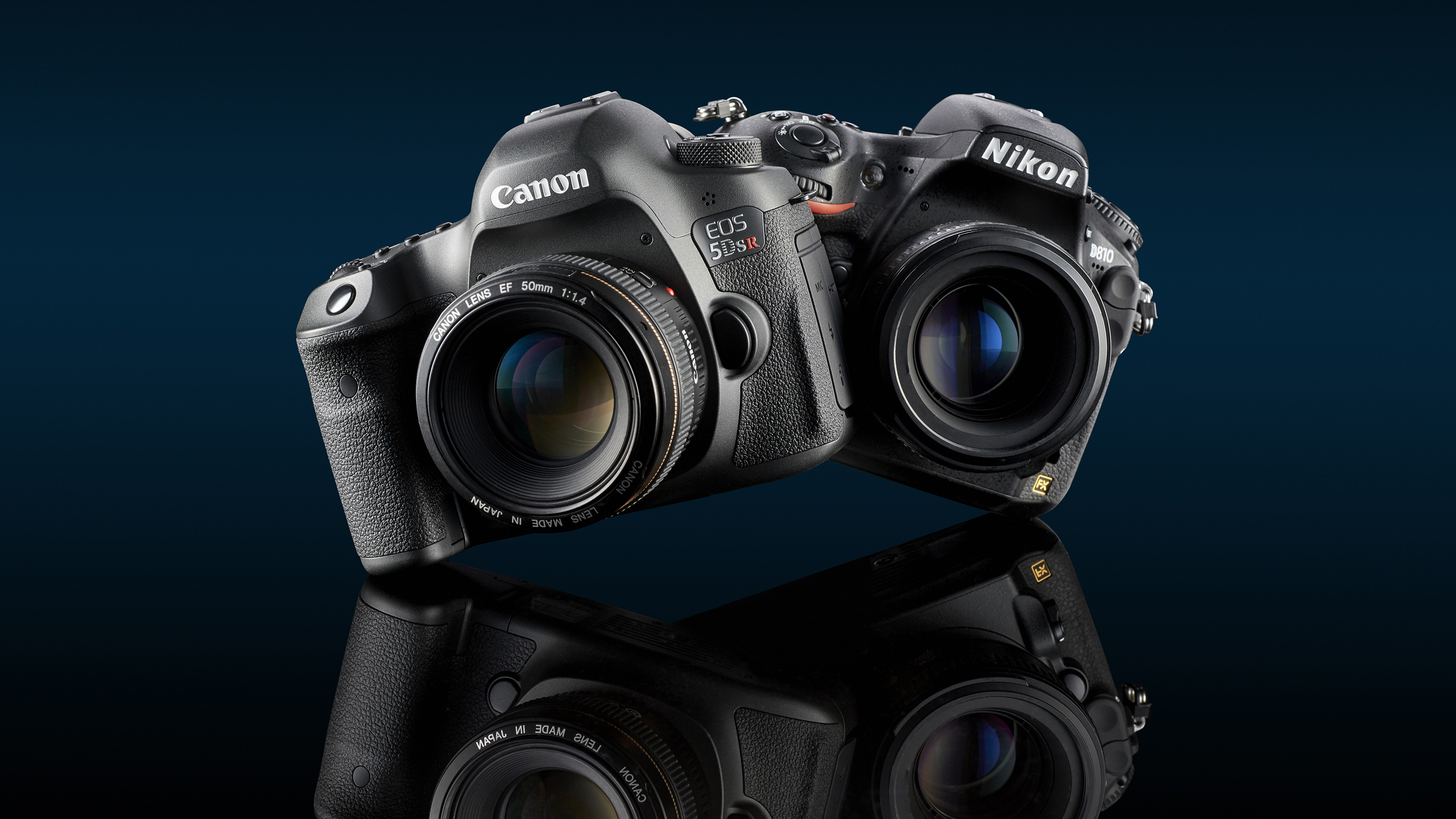
At least for the time being, it’s reasonable to expect compact system cameras to continue to co-exist alongside DSLRs – in particular Canon and Nikon’s professional DSLRs, whose fast phase-detect AF systems, excellent handling and compatibility with decades worth of acclaimed pro-oriented optics mean they remain the obvious choice for the professional sports and action photographer.
Very few professional photographers working in these disciplines have traded everything in for a mirrorless model, although those working in other genres – portraiture, landscapes and video, for example – have done just that. It’s not been entirely a one-way transition, however, and some photographers who have made the switch to mirrorless have subsequently gone back to their previous DSLR systems for various reasons.
Perhaps the novice audience at which Canon and Nikon has largely targeted their mirrorless lines is not thinking as far ahead as investing in an enthusiast-level camera with a larger sensor, and it only makes sense to develop such a model if it's believed there's a demand for it. This is obviously a big investment, and one that becomes more difficult to justify as more capable rivals come onto the market.
Give the reputation of their brands the two companies should have an advantage – but this obviously isn't enough. A broader lens range is important, as is greater transparency to enable users to buy into a system with confidence, but ultimately it's only through innovating and focusing on providing technology that's better than that in competing systems – regardless of level – that will mean they have a chance of remaining relevant.